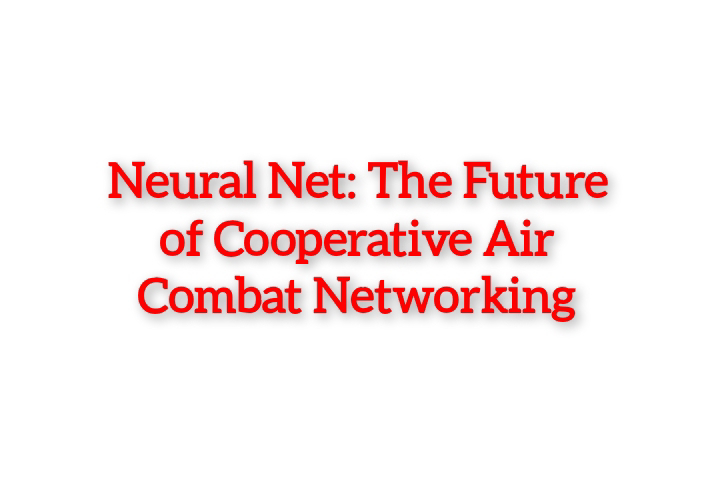The Shadow in the Swamp

Shadow in the Swamp is a gripping tale that merges science, suspense, and psychological horror against the eerie backdrop of the Louisiana bayou. The story follows Dr. Maria Rodriguez, a dedicated herpetologist, and her local guide, Jacques Thibodeaux, as they venture deep into the swamp to study a rumored rare reptile species. What begins as a scientific expedition soon evolves into a chilling encounter with an intelligent, shape-shifting entity capable of cloaking itself, mimicking human behavior, and manipulating perception itself. The narrative not only explores the limits of scientific understanding but also reflects on the profound tension between curiosity and fear — between humanity’s pursuit of truth and nature’s hidden depths that defy explanation. 1. Descent into the Bayou A. Maria’s Perspective Dr. Maria Rodriguez adjusted the thermal imager strapped to her vest as their aluminum skiff slid silently through the misty Louisiana bayou. The air was thick — not just...









